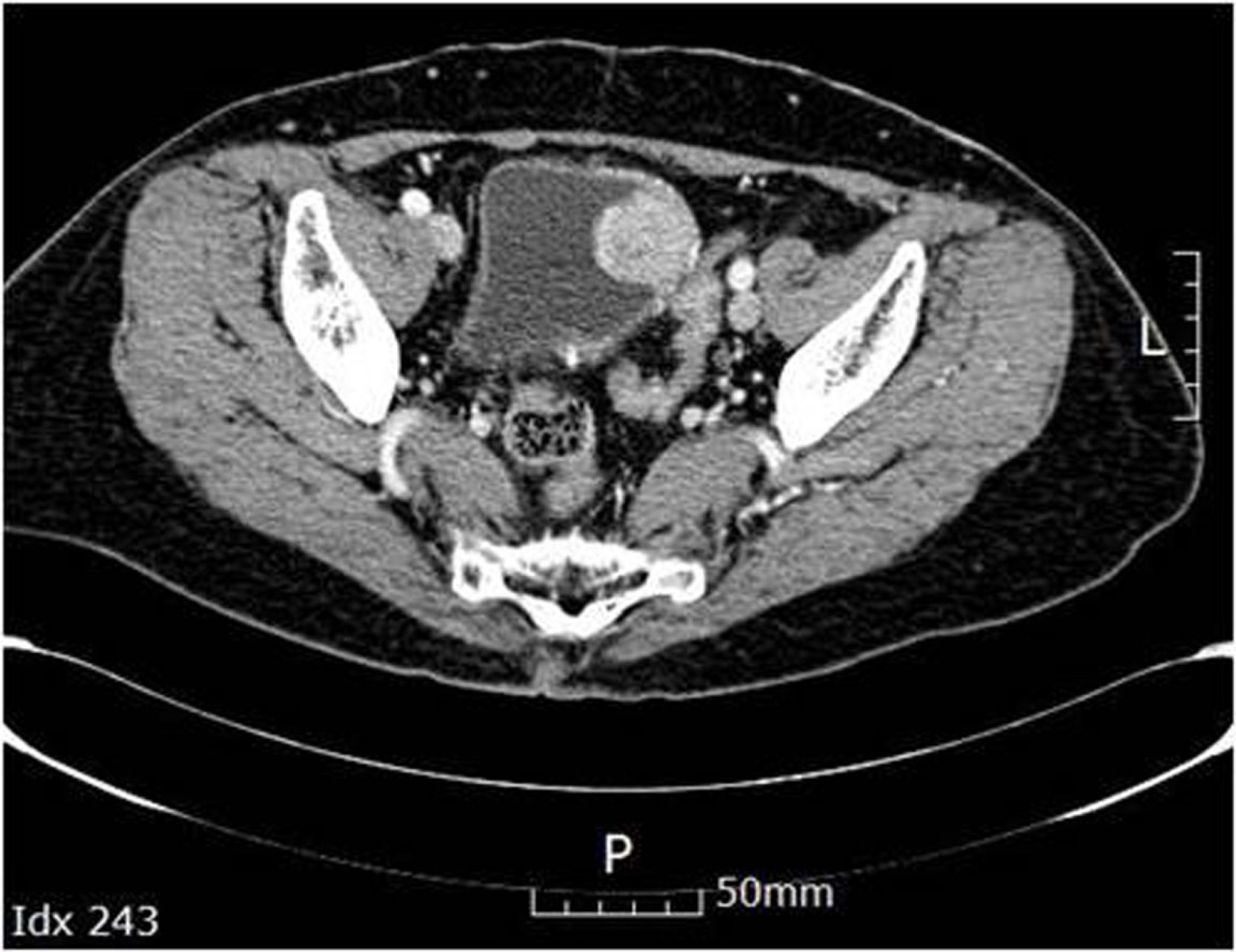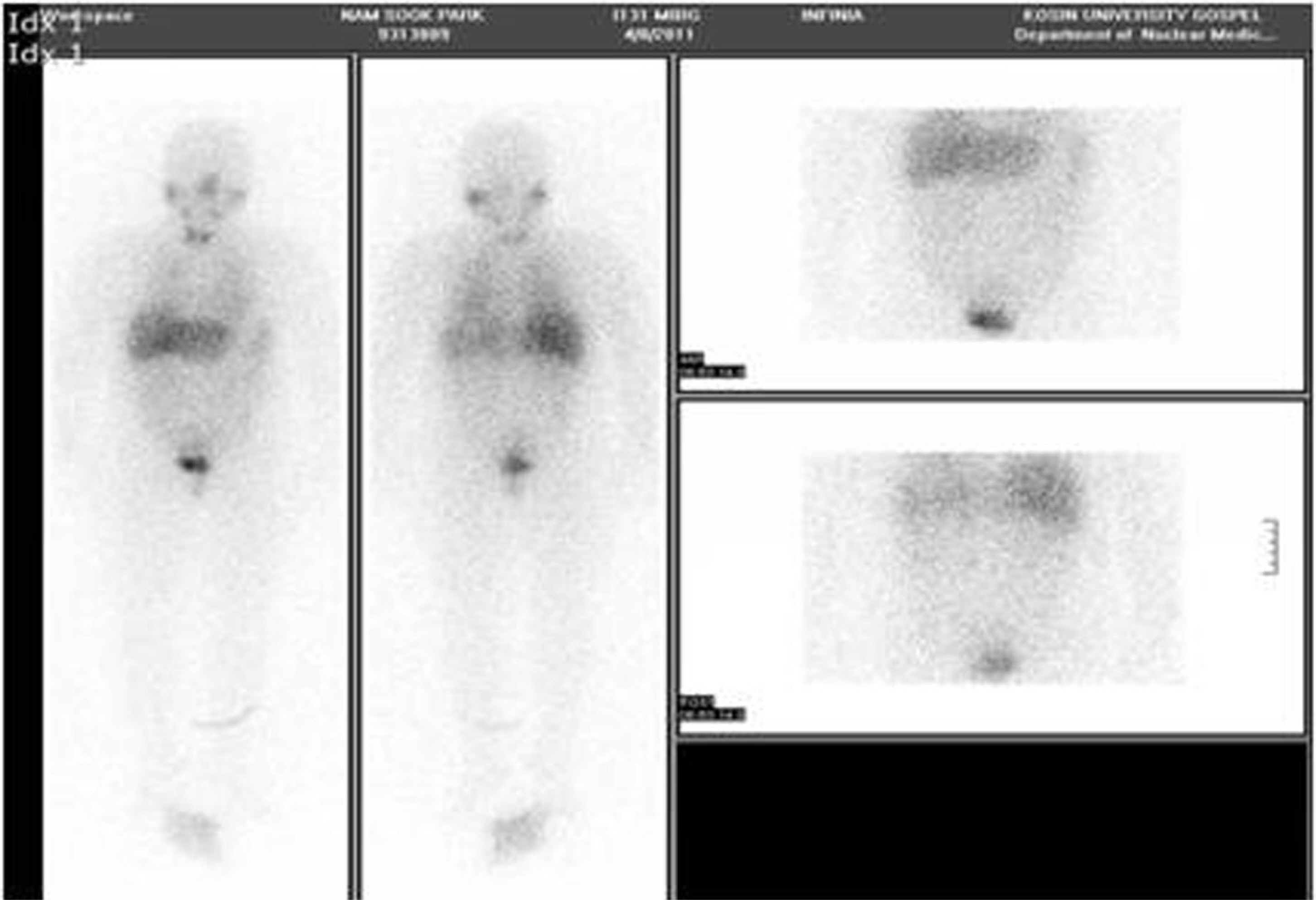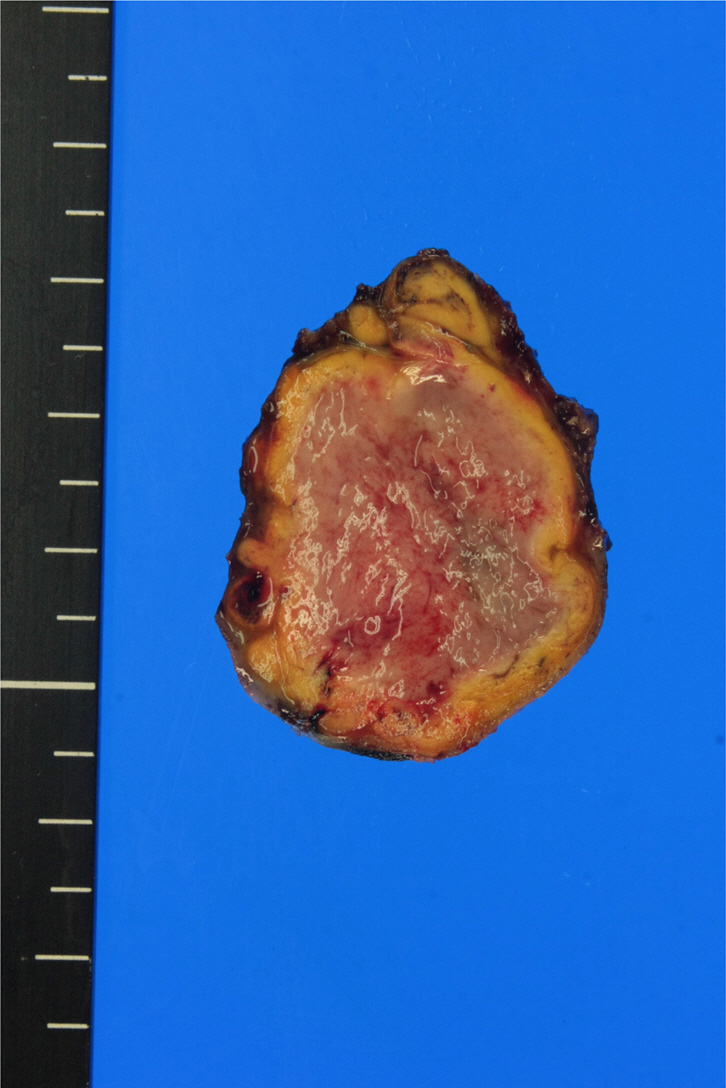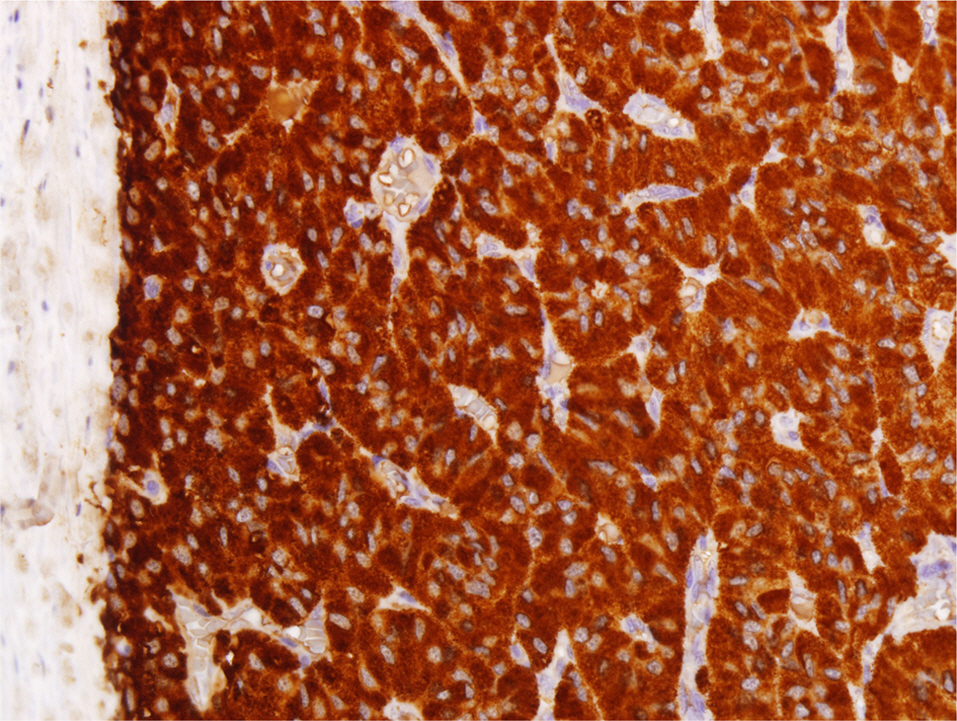Kosin Med J.
2013 Dec;28(2):161-165. 10.7180/kmj.2013.28.2.161.
Bladder Pheochromocytoma Presented as Thunderclap Headache Triggered by Urination and Angina Pectoris
- Affiliations
-
- 1Department of Internal Medicine, College of Medicine, Kosin University, Busan, Korea. danieljoseph@hanmail.net
- KMID: 1993575
- DOI: http://doi.org/10.7180/kmj.2013.28.2.161
Abstract
- Pheochromocytoma is a catecholamine-producing tumor characterized by hypertension, headache, tachycardia, excessive diaphoresis, and angina pectoris. The thunderclap headache is so named because the pain strikes suddenly and severely. Although the symptoms of bladder pheochromocytoma are rather evident, the diagnosis of this rare neuroendocrine tumor can be missed. This study reports the case of a woman diagnosed with bladder pheochromocytoma who experienced thunderclap headache triggered by urination and angina pectoris as an initial manifestation. This case study suggests that thunderclap headache and angina pectoris occurring concurrently with sudden blood pressure elevation during or immediately after urination are important diagnostic clues of bladder pheochromocytoma.
MeSH Terms
Figure
Reference
-
1.Whalen RK., Althausen AF., Daniels GH. Extra-adrenal pheochromocytoma. J Urol. 1992. 147:1–10.
Article2.Gifford RW Jr., Manger WM., Bravo EL. Pheochromocytoma. Endocrinol Metab Clin North Am. 1994. 23:387–404.
Article3.Thompson LD. Pheochromocytoma of the Adrenal gland Scaled Score (PASS) to separate benign from malignant neoplasms: a clinicopathologic and immunophenotypic study of 100 cases. Am J Surg Pathol. 2002. 26:551–66.4.Pacak K., Linehan WM., Eisenhofer G., Walther MM., Goldstein DS. Recent advances in genetics, diagnosis, localization, and treatment of pheochromocytoma. Ann Intern Med. 2001. 134:315–29.
Article5.Bourne RB., Beltaos E. Pheochromocytoma of the bladder: case report and summary of literature. J Urol. 1967. 98:361–4.
Article6.Farley SE., Smith CL. Unusual location of pheochromocytoma in the urinary bladder. J Urol. 1959. 81:130–2.
Article7.Kappers MH., van den Meiracker AH., Alwani RA., Kats E. Baggen MG. Paraganglioma of the urinary bladder. Neth J Med. 2008. 66:163–5.8.Choi EK., Kim WH., Park KY. A case of a composite adrenal medullary tumor of pheochromocytoma and ganglioneuroma masquerading as acute pancreatitis. Korean J Intern Med. 2006. 21:141–5.
Article9.Tazi MF., Ahallal Y., Tazi E., Benlemlih A., Chbani L., Amarti A, et al. Pheochromocytoma of the urinary bladder: a case report. Cases J. 2009. 2:8585.
Article10.Seki N., Mukai S., Gamachi A., Migita T., Maeda K., Ogata N. A case of bladder pheochromocytoma. Urol Int. 2001. 66:57–60.
Article
- Full Text Links
- Actions
-
Cited
- CITED
-
- Close
- Share
- Similar articles
-
- Urinary Bladder Pheochromocytoma with a Long Asymptomatic Period
- A case of pheochromocytoma with electrocardiographic changes mimicking angina pectoris, and hypotensive crises
- A Case of Pheochromocytoma of the Bladder
- Pheochromocytoma with Unusual Electrocardiographic Changes and Having Clinical Features of Angina Pectoris : A Case Report
- Two cases of pheochromocytoma associated with acute myocardial infarction





